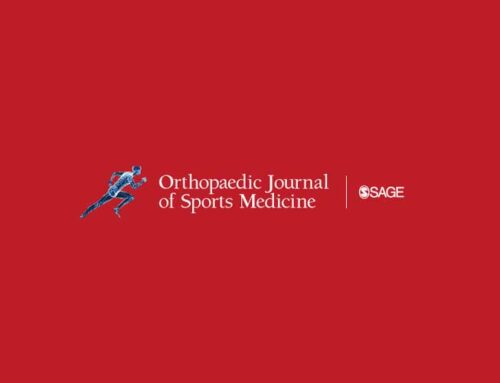PURPOSE:
The goal of this study was to perform a comparative review to determine whether there is a significant difference in the rate of repeat dislocation and clinical outcome between surgical and conservative management of acute patellar dislocation in children and adolescents.
METHODS:
A systematic review of the MEDLINE database was performed. English-language clinical outcome studies with a primary outcome/treatment specific to acute patella dislocation in a paediatric population were included. Eleven studies met inclusion criteria; Chi-square analysis, independent t tests and weighted mean pooled cohort statistics were performed where appropriate.
RESULTS:
A total of 470 conservatively managed and 157 operatively treated knees were included. Conservatively managed patients were on average 17.0 years and had a mean follow-up of 3.9 years; surgically managed patients were on average 16.1 years and had a mean follow-up of 4.7 years. Conservatively managed knees had a 31% rate of recurrent dislocation rate compared to 22% in surgical knees (p = 0.04). Trochlear dysplasia and skeletal immaturity confer greater risk for recurrent instability. Surgical treatment may provide clinically important quality of life and sporting benefit.
CONCLUSIONS:
Surgical treatment of first time patella dislocation in children and adolescents is associated with a lower risk of recurrent dislocation and higher health-related quality of life and sporting function. There is a paucity of evidence on MPFL reconstruction for first time traumatic patella dislocation in this population.
LEVEL OF EVIDENCE:
IV.



